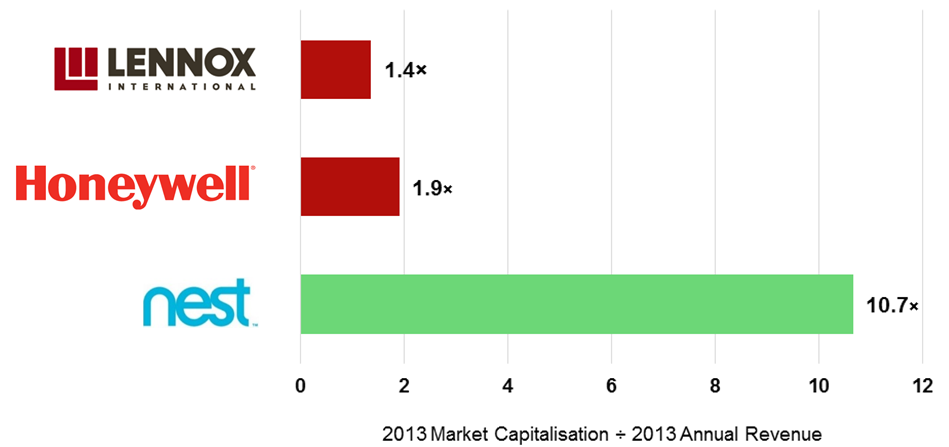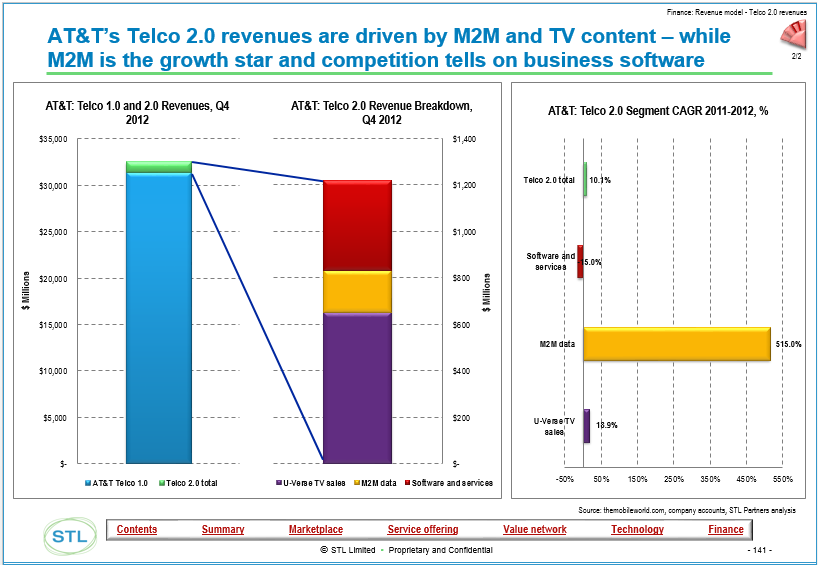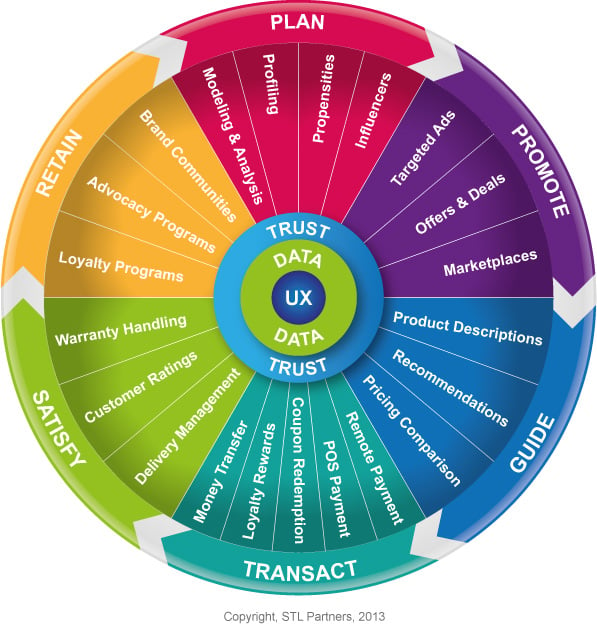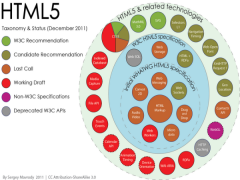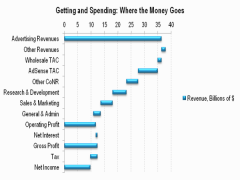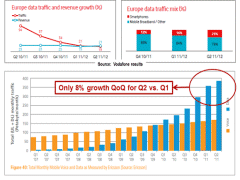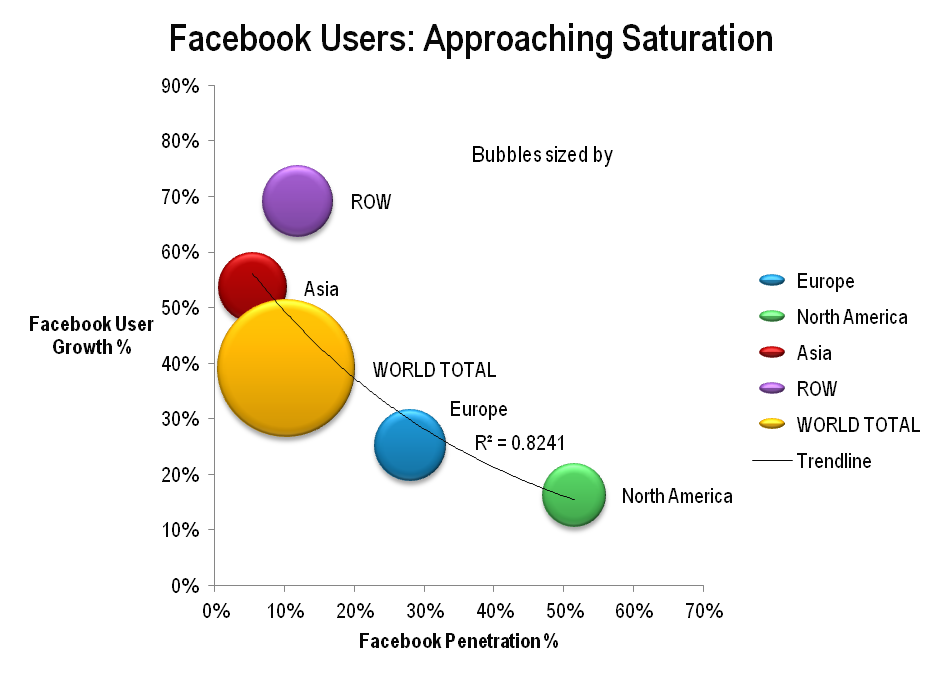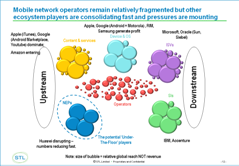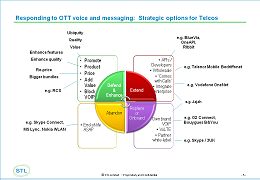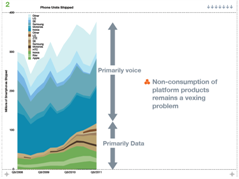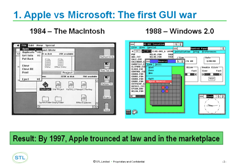M-Commerce 2.0: Event Summary Analysis. A summary of the findings of the M-Commerce 2.0 Executive Brainstorm, 10th November , held in the Guoman Hotel, London. Part of an international research and events programme, run with the support of the World Economic Forum, the Brainstorm explored the principles of personal data in the context of ‘M-Commerce 2.0’ – creating mechanisms that put the user in control of their data, helping the individual to generate value from that data, reducing friction and transaction costs in day-to-day ‘B2B2C’ commercial processes. (December 2011, Executive Briefing Service, Dealing with Disruption Stream)
M-Commerce 2.0: Event Summary Analysis Presentation
